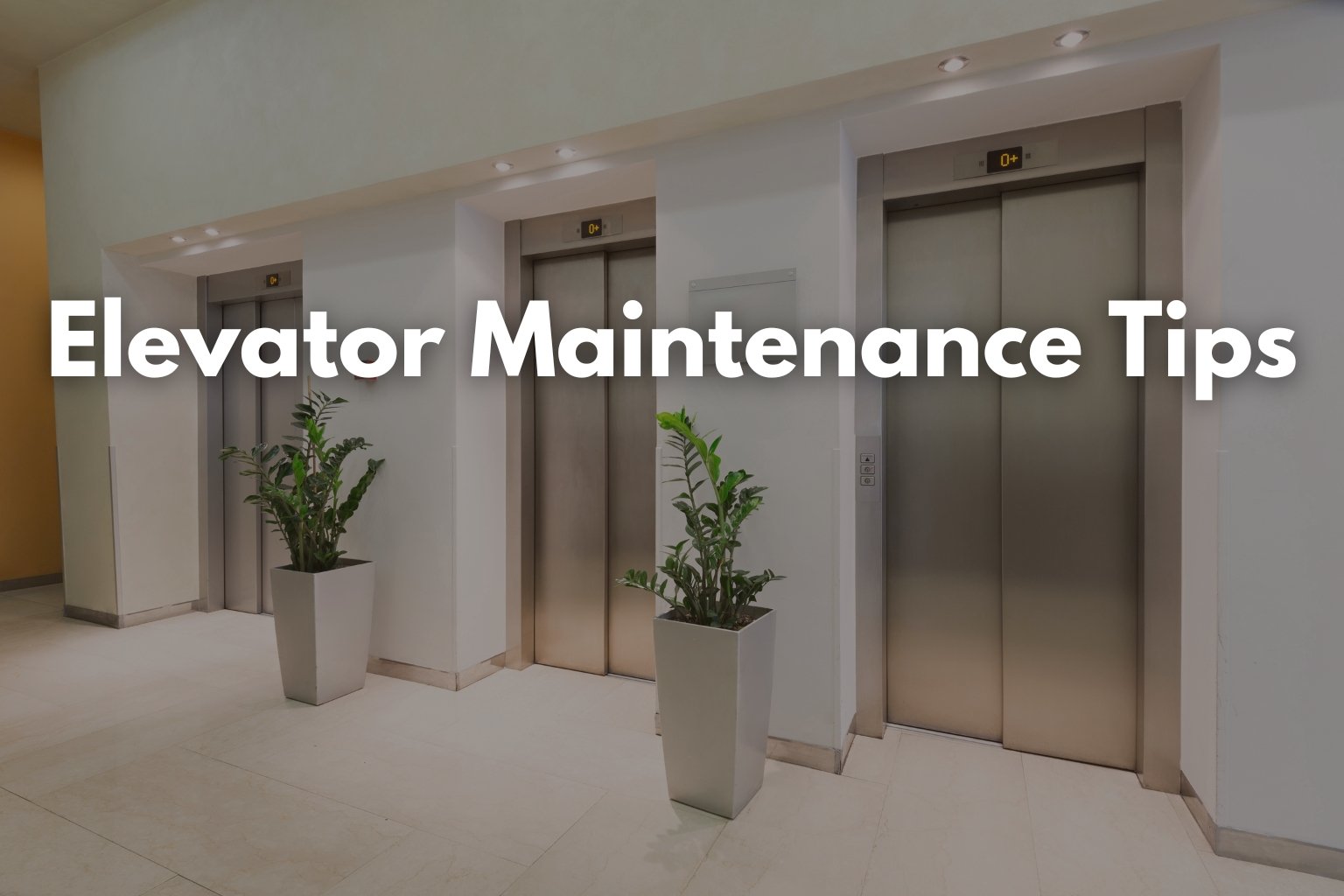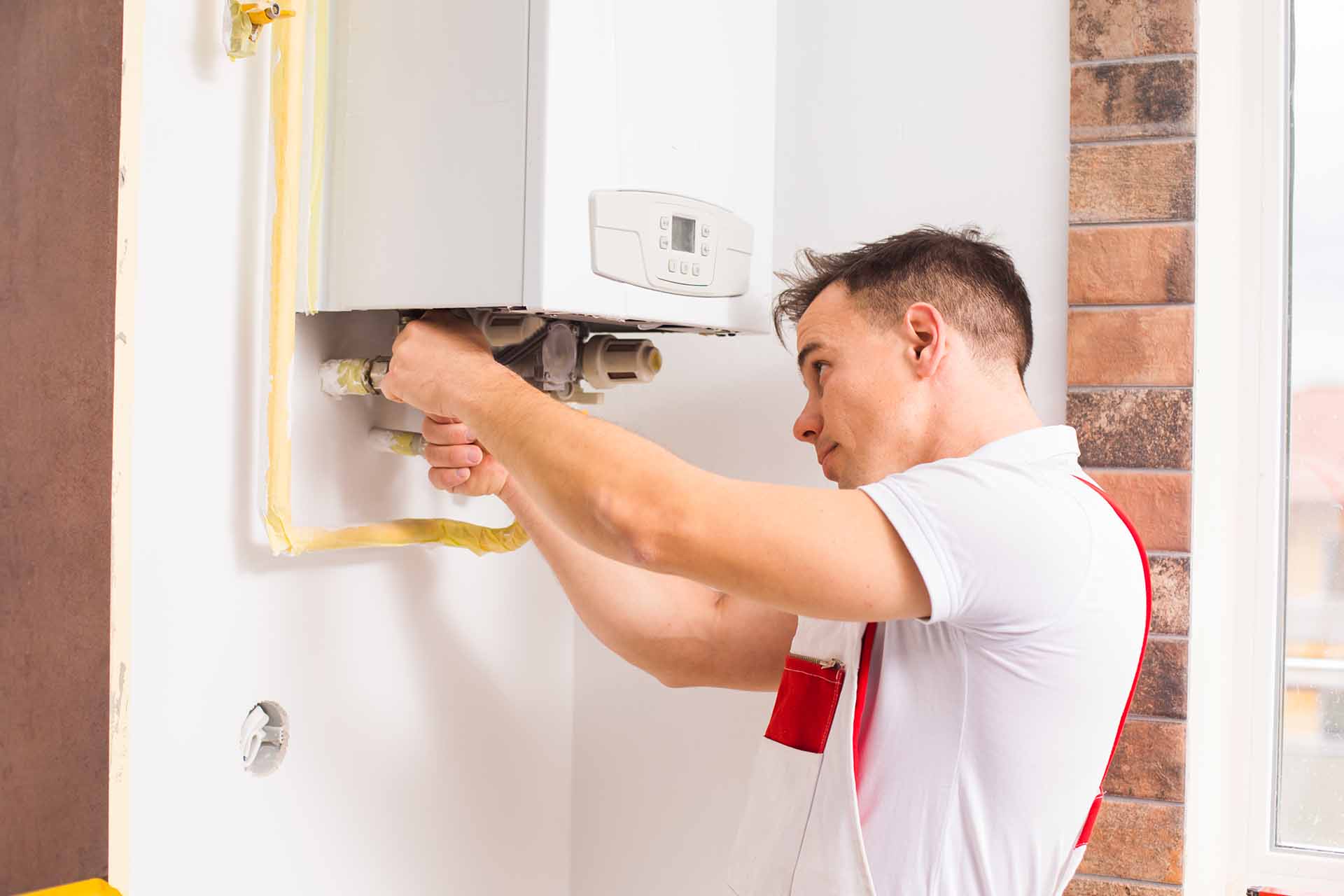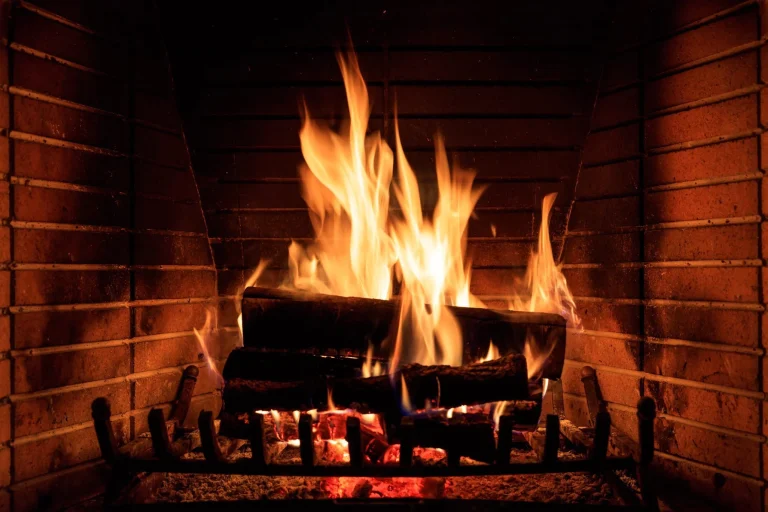Elevator Maintenance Tips

Table of Contents
Elevators are essential for moving people vertically in buildings. In offices, apartments, or other complexes, elevators need to run properly and safely at all times. That’s why regular maintenance of elevators is so important.
It’s a fundamental part of operating a building smoothly. By spending time on routine elevator maintenance, you not only extend the life of the equipment but also ensure the safety and reliability that passengers depend on every day.
Understanding Your Elevator System
Before getting into the details of maintenance, it’s important to understand how your elevator works. An elevator is a complex machinery made up of many parts like the shaft, cab, cables, pulleys, and safety features.
Each part plays a role in making sure the elevator runs properly. It’s essential to notice any signs of wear and tear – a squeak, a delay starting – that could mean repairs are needed.
Having a comprehensive understanding of all the components and how they work together is key for maintenance staff to properly inspect and maintain the system.
The various mechanical, electrical, and safety systems in an elevator are closely interconnected, so issues with one component can easily impact others if not addressed promptly.
Regular Inspections
Regular inspections are vital for good elevator maintenance. How often inspections are needed can depend on the type of elevator and how much it’s used. But in general, a complete inspection at least once a year is recommended.
Hiring a qualified elevator maintenance service for these inspections is a proactive step towards safety and reliability. During these check-ups, a professional will look for any potential problems, making sure all parts of the elevator are in good shape.
Inspections should follow a detailed checklist covering all critical parts and functions. The results should be carefully documented to track any changes over time. Annual inspections are a minimum – high traffic elevators may require more frequent checks.
Routine Maintenance Practices
For facility maintenance professionals, establishing a checklist of routine tasks is vital.
Daily, weekly, and monthly maintenance routines might include cleaning the elevator car, checking the doors and buttons for proper operation, and ensuring that emergency lights and alarms are functioning correctly.
Proper documentation of these tasks not only keeps the maintenance on track but also provides a clear record for future reference.
Consistent routine maintenance helps catch minor issues before they become major problems. Following maintenance schedules and checklists ensures no steps are overlooked. Thorough documentation also aids troubleshooting if any operational issues do come up.
Preventative Measures
Preventative maintenance is all about taking proactive steps to identify potential issues before they become major problems. Think of maintenance as an investment in the elevator’s longevity, where routine check-ups can prevent costly and unexpected repairs down the line.
It’s a strategic approach to maintenance that aims to maintain the reliability and efficiency of the elevator system.
Techniques like vibration analysis, thermography scans, and monitoring of lubricant conditions can detect problems before equipment fails.
Software systems can track usage and wear trends to forecast maintenance needs. Investing in these predictive approaches reduces breakdowns and saves money over time.
Safety and Compliance
Safety is non-negotiable when it comes to elevator operations. Building owners and facility managers must be well-versed with local regulations and ensure that their elevators comply with these standards.
Regular maintenance checks should include a review of the safety systems to confirm they are up to date and functioning as required.
Elevators must adhere to strict safety codes and standards. Maintaining compliance requires vigilant inspections of all safety mechanisms as well as upgrades to meet any new regulations. Proper maintenance is key to avoiding regulatory issues that could lead to elevator shutdowns.
Emergency Protocols
An integral part of maintaining an elevator system is ensuring that emergency brakes and alarms are regularly tested and kept in optimal condition.
Training for emergency situations is also crucial, as it prepares both the maintenance staff and building occupants for handling unforeseen events effectively.
Emergency systems need to be thoroughly inspected and tested on a regular schedule. Maintenance staff and occupants should be trained on proper emergency protocols through fire drills and instructional programs. Quick response in an emergency can save lives.
Working with Service Providers
Working with a reputable service provider is key to maintaining a reliable elevator system. Understanding maintenance contracts and establishing a good working relationship with your service provider can make a significant difference in the efficiency of your elevator’s operation.
When selecting a service provider, it’s not just about finding someone who can perform the necessary repairs and maintenance. It’s about finding a partner who understands the unique needs of your elevator system.
A good service provider will offer a comprehensive maintenance contract that covers all aspects of upkeep, from routine inspections to emergency repairs.
They will have a team of skilled technicians who are familiar with your type of system and can provide advice on how to keep it running efficiently.
A qualified elevator service company with extensive experience maintaining your equipment type is invaluable. They can handle complex repairs and provide consultative guidance to improve reliability.
Ensure your contract covers all maintenance needs – inspecting it annually helps align services with your current requirements.
Replacement Parts and Upgrades
Regular maintenance often involves the replacement of worn or outdated parts. Keeping an inventory of critical components can minimize downtime during repairs.
Moreover, upgrading your elevator with the latest technology can improve its performance and energy efficiency. An elevator that is modern and well-maintained is also more appealing to building occupants, which is particularly important in commercial spaces.
As equipment ages, proactively replacing parts like cables, controllers, and door operators before they fail can prevent disruptive breakdowns. Upgrading to more energy efficient equipment generates utility savings and keeps the elevator up-to-date.
Keeping the Elevator Up-to-Date
Knowing when to replace parts and when to upgrade your system can greatly enhance efficiency and safety.
Regular maintenance can identify when components are due for replacement before they fail, and upgrades can modernize your system, keeping it in line with current standards and technologies.
Adapting to Technological Advances
Elevators have come a long way since their inception, and they continue to evolve with technological advancements. Adapting to these changes is an important aspect of maintenance.
For instance, the integration of smart systems allows for real-time monitoring of elevator performance, enabling predictive maintenance approaches that can alert you to issues before they arise.
New elevator technologies like destination dispatch systems, regenerative drives, and remote monitoring capabilities can optimize efficiency, reduce wait times, and improve safety.
Keeping up with innovations requires ongoing education and openness to upgrading equipment.
Training and Knowledge Sharing
Maintenance professionals must stay informed about the latest developments in elevator technology and safety standards. This can be achieved through regular training sessions and workshops.
Sharing knowledge within the team also promotes a culture of continuous improvement, ensuring that everyone is aligned with the best practices in elevator maintenance.
Investing in ongoing training and education for maintenance personnel ensures they are up-to-date on the latest equipment, codes, and best practices. Fostering knowledge transfer between experienced and new technicians is also vital for continuing quality service over time.
Final Thoughts on Elevator Maintenance
In conclusion, regular preventative maintenance is essential for safe, reliable elevator operations.
Following comprehensive maintenance protocols, adapting to technology innovations, and collaborating with qualified service providers helps building owners optimize uptime, lower costs, and provide the best rider experience.
Proper maintenance pays dividends through improved safety, efficiency, and equipment longevity. investing in routine check-ups and upgrades keeps vertical transportation systems running smoothly.
Remember, an elevator is more than just a mode of transport; it’s a reflection of the building’s management and its commitment to safety and service. Keeping your elevator in top condition is not just a good practice—it’s your responsibility.






